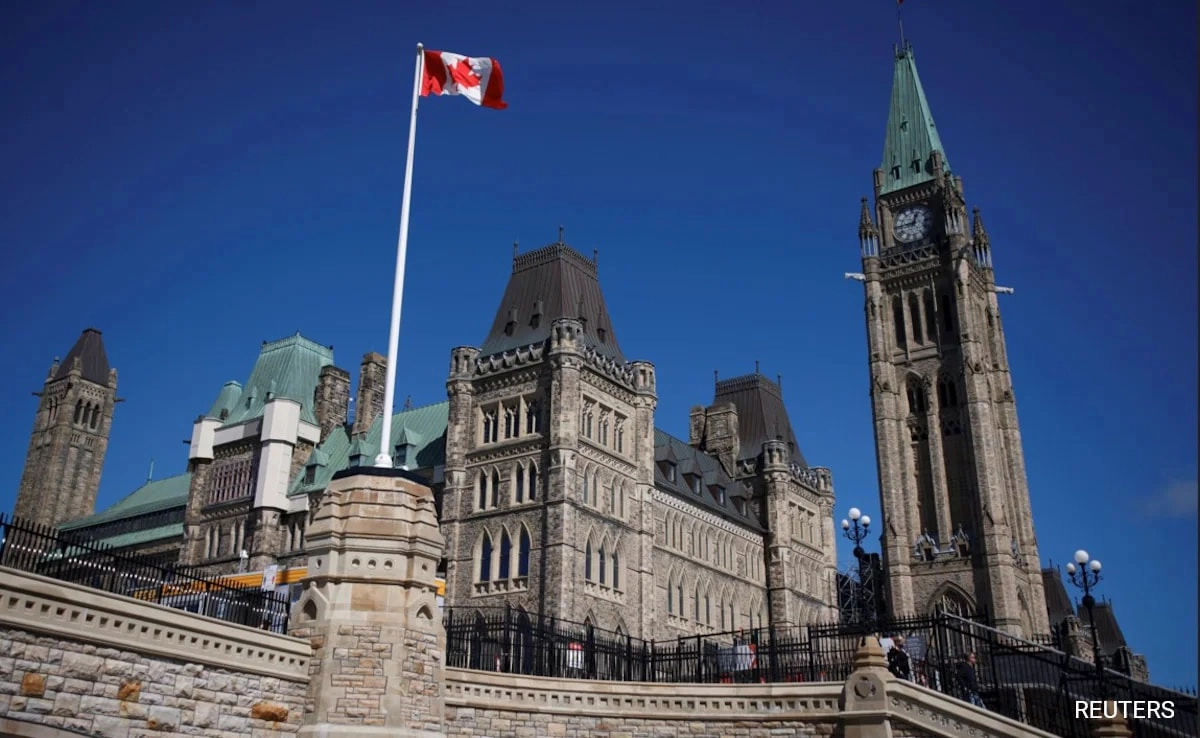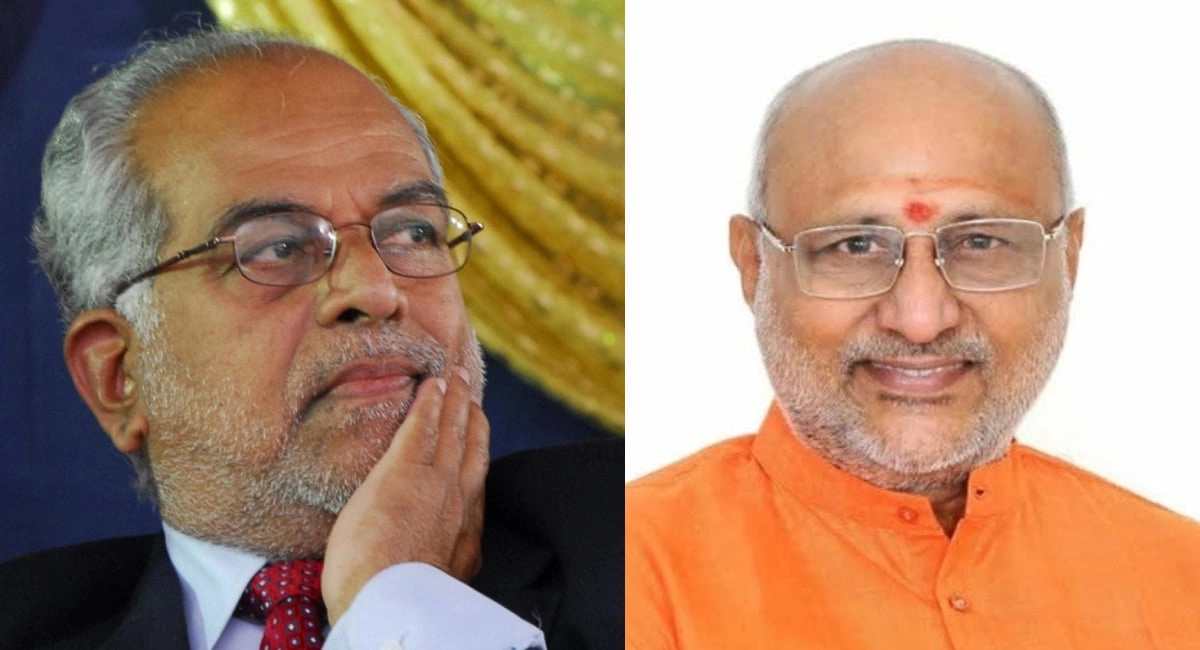The transformation of Canada’s Conservative Party from a formidable majority to a mere two seats in the House of Commons is a striking example of the volatile nature of political fortunes. Following the 2011 federal election, the Conservative Party, under the leadership of Stephen Harper, achieved a decisive victory, securing a strong majority with 166 seats. This was a period characterized by economic stability and a focus on conservative values, which resonated with many Canadians. However, this dominance would not last, as a series of missteps, shifting public sentiments, and the emergence of new political dynamics would lead to a dramatic decline in support for the party.
The turning point for the Conservatives came during the 2015 federal election. Despite Harper’s attempts to maintain his party’s majority by emphasizing issues such as national security and economic management, the electorate began to shift under the influence of various factors. The rise of Justin Trudeau and the Liberal Party, with a platform promising change and a more inclusive vision for Canada, captured the imagination of many voters disillusioned with the Harper government’s increasingly rigid approach. The Liberal Party’s effective campaign strategy, combined with the Conservatives’ failure to connect with younger voters and address pressing social issues, ultimately led to a significant electoral shift.
By the time the results of the 2019 federal election were in, the Conservatives had managed to secure only 121 seats, a stark contrast to their previous majority. The party faced criticism for its inability to adapt to the changing political landscape, particularly regarding issues like climate change and social justice. The internal divisions within the party further complicated its recovery, as factions emerged with differing visions for its future. In the subsequent 2021 federal election, the Conservatives experienced even greater setbacks, ultimately claiming just two seats in the House of Commons. This unprecedented decline not only highlights the challenges faced by the party but also serves as a broader reminder of the importance of responsiveness and adaptability in the ever-evolving political arena.
The fallout from this dramatic decline raised questions about the Conservative Party’s identity and future direction. As it grappled with the consequences of its losses, party leaders and members were forced to engage in introspection regarding their policies and strategies. The need for a revitalized approach became evident, prompting discussions about reestablishing connections with disenchanted voters and addressing contemporary issues more effectively. The evolution of the Conservative Party’s fortunes serves as a cautionary tale for political organizations, emphasizing the necessity of understanding and responding to the needs and aspirations of the electorate. Ultimately, the journey from a dominant force to a marginalized presence underscores the inherent unpredictability of politics and the crucial role that leadership, vision, and public perception play in shaping the fate of political parties.




